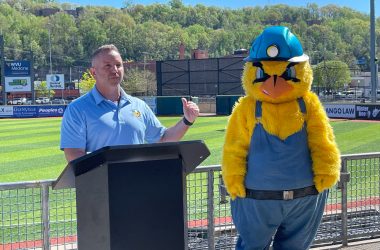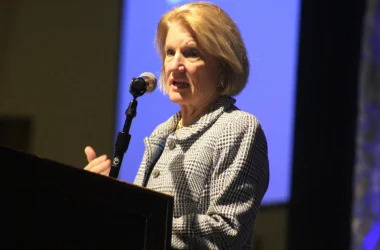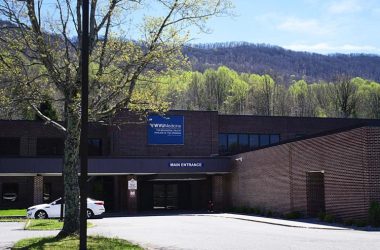Staff reports
The State Journal
HUNTINGTON, W.Va. — Marshall University students and faculty will help the nation and the world get a high-altitude view of the eclipse as it passes over Illinois on Aug. 21.
The group will launch an 8-foot-tall helium filled balloon carrying a video camera and other equipment up to about 100,000 feet so it can provide live video as the eclipse passes over the town of Cobden, Ill.
The town was chosen because it is in the path of the total eclipse and because it is the hometown of Jon Saken, the associate professor of physics at Marshall who is heading the project.
Working with Saken will be computer science majors Jacob Staggs and Derek Staley. Nick Zarilla, a spring 2017 math and physics graduate, also is part of the team.
In addition to a video camera, the team’s balloon will carry a GPS tracking system, a camera to capture still images of the eclipse, a prototype of an automatic astronomical target acquisition system, and a guest payload from the NASA IV&V Center in Fairmont. Once the eclipse has passed, the balloon will pop and the payloads will parachute to Earth.
The Marshall team’s balloon launch is part of the national Eclipse Ballooning Project, in which 55 teams from across the country will live-stream footage of the total solar eclipse. The moon will totally block the sun for about two minutes along a path from the Pacific coast in Oregon to the Atlantic coast in South Carolina.
The NASA-sponsored project, which is led by the Montana Space Grant Consortium at Montana State University, has been years in the making. According to MSGC Director Angela Des Jardins, the project marks the first time that high-altitude video footage of a total solar eclipse has been broadcast live.To watch the solar eclipse live, click HERE
See more from The State Journal





